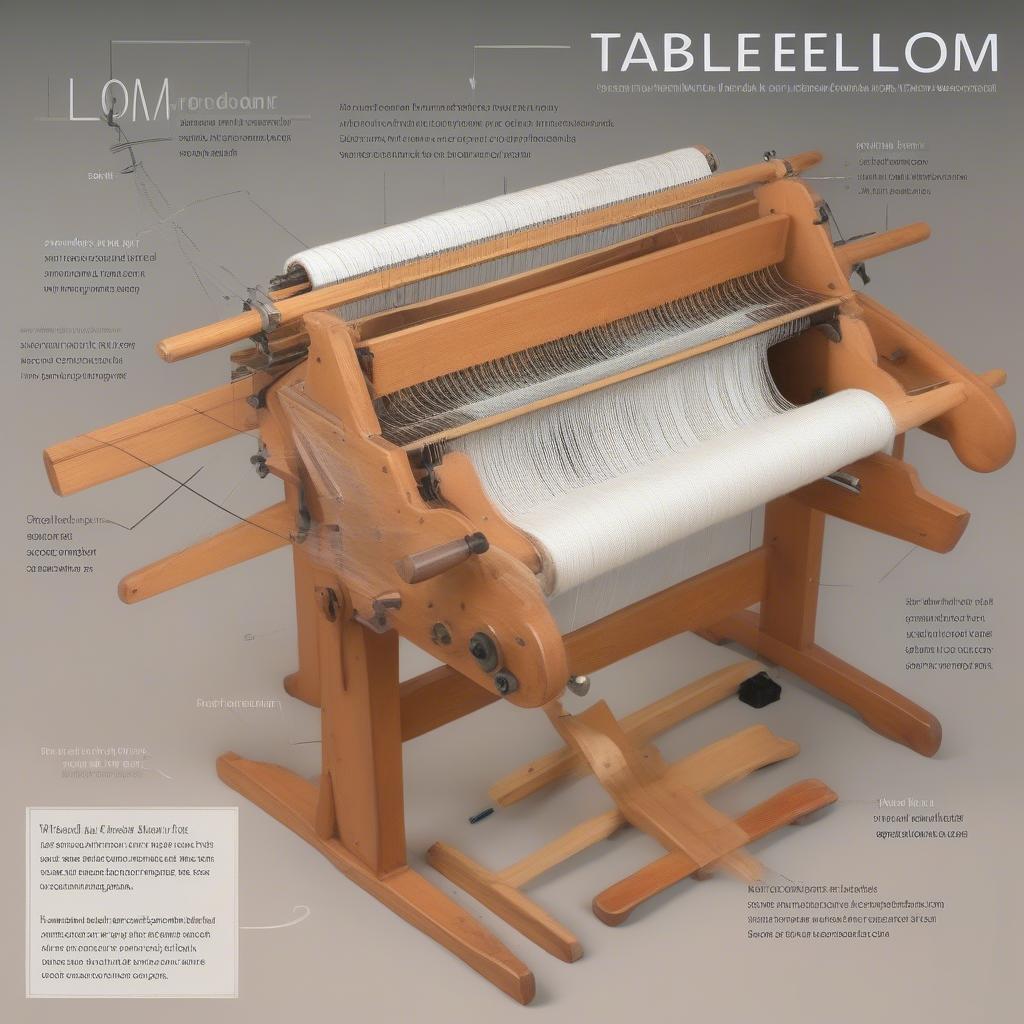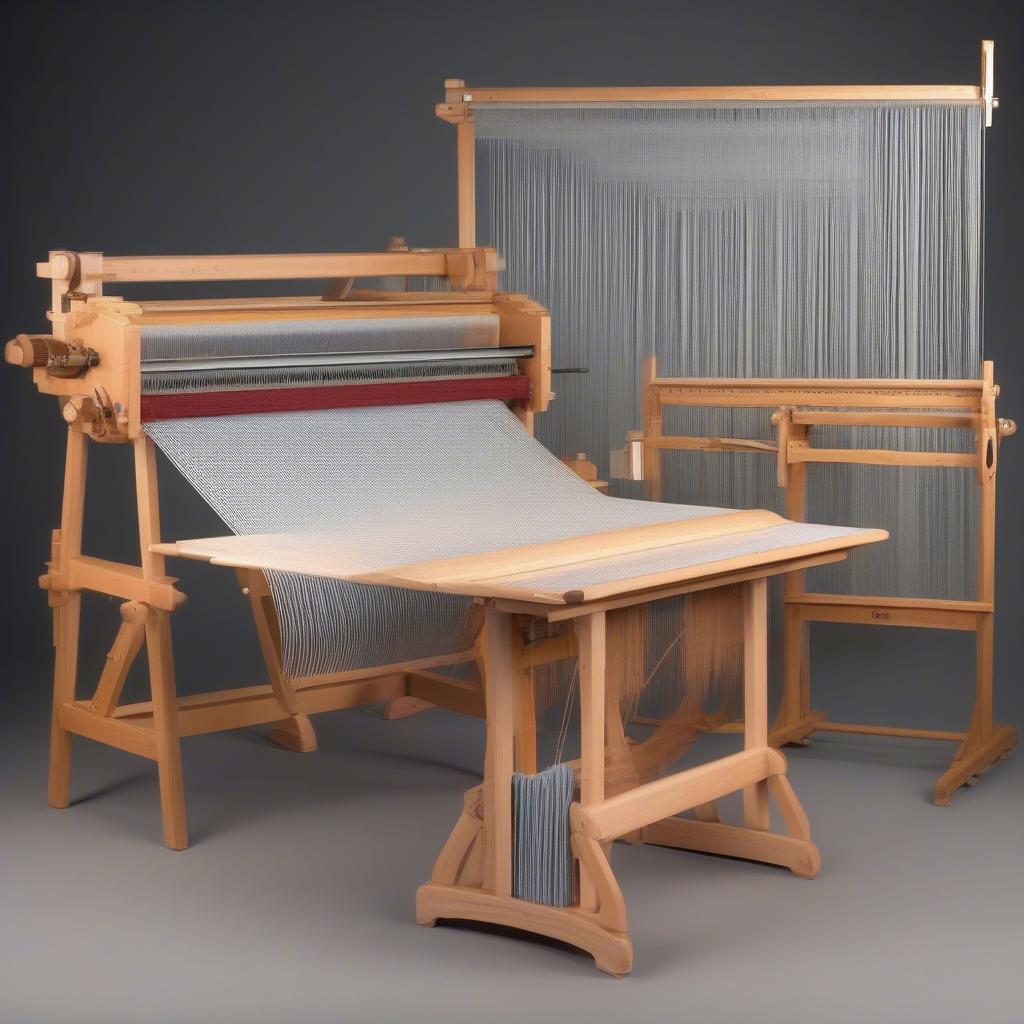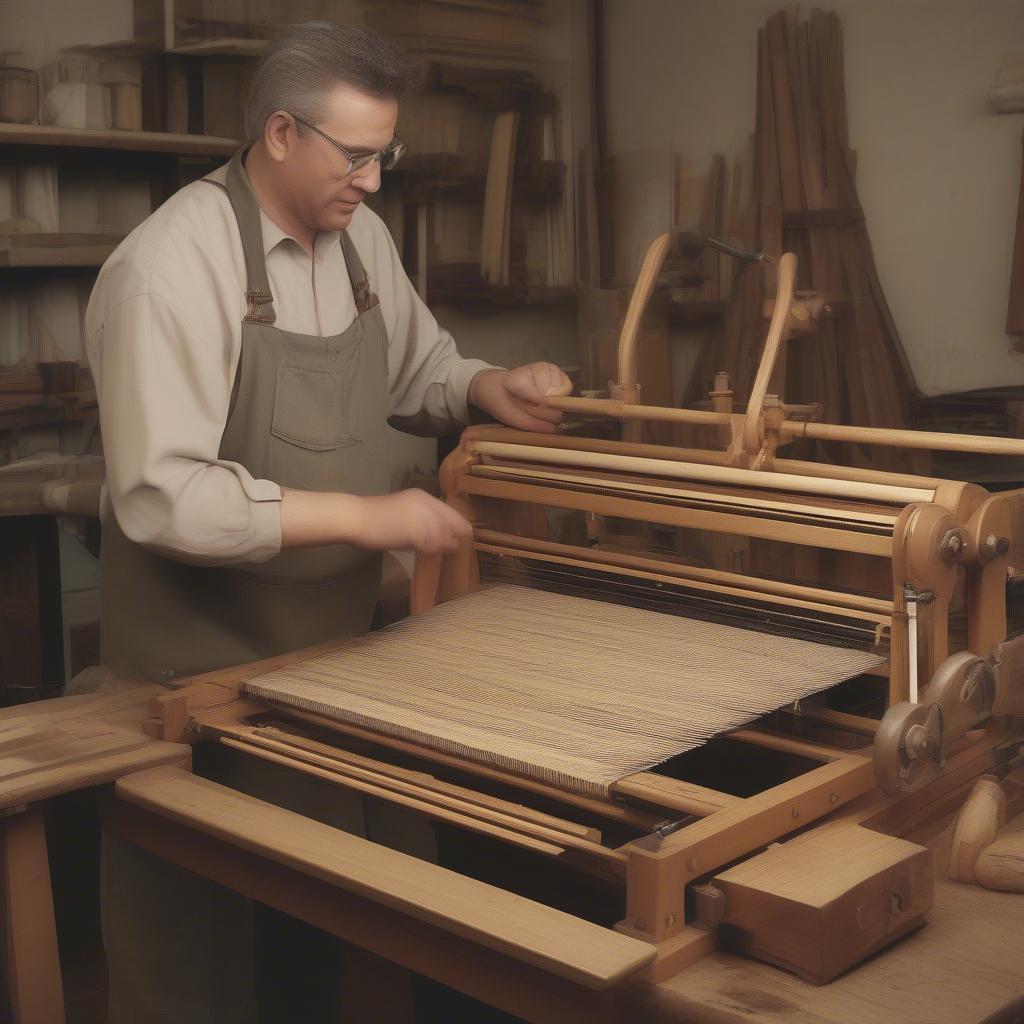Weave Table
Best Table Loom to Weave Fabric With
Finding the best table loom to weave fabric can feel overwhelming with so many options available. Whether you’re a beginner or an experienced weaver, choosing the right loom is crucial for a successful and enjoyable weaving experience. This guide will walk you through everything you need to know to find the perfect table loom for your needs.
Understanding Your Weaving Needs
Before diving into the specifics of different table looms, it’s important to consider what you’ll be weaving. Will you be focusing on smaller projects like scarves and placemats or larger pieces like blankets and rugs? The size and complexity of your projects will significantly influence the type of loom you need. Consider also the types of yarn you plan to use, as this will affect the reed and heddle requirements.
Key Features to Look For in a Table Loom
Choosing the Best Table Loom To Weave Fabric With depends on a few key features. First, consider the loom’s weaving width. This determines the maximum width of fabric you can create. Next, think about the shedding mechanism. Different looms offer different ways to lift and lower the warp threads, impacting the ease and complexity of weaving patterns. The rigidity and stability of the loom are also vital for even tension and smooth weaving.
 Key Features of a Table Loom
Key Features of a Table Loom
Types of Table Looms
Several types of table looms are available, each with its advantages. Rigid heddle looms are ideal for beginners, offering simplicity and ease of use. They are great for learning basic weaving techniques and creating beautiful textured fabrics. Multi-shaft table looms provide more versatility, allowing for complex patterns and designs. Folding looms offer portability and convenience, making them perfect for smaller spaces or travel.
Choosing the Right Size Loom
The size of your table loom will dictate the size of the projects you can weave. Smaller looms are perfect for scarves, placemats, and smaller tapestries. Larger looms are necessary for wider projects like blankets, shawls, and rugs. Consider your available space as well, ensuring the loom fits comfortably on your table or designated weaving area.
 Table Looms in Various Sizes
Table Looms in Various Sizes
Top Table Loom Recommendations for Weaving Fabric
Several reputable brands produce high-quality table looms. Schacht Spindle Company is known for its durable and well-crafted looms, offering a range of options for both beginners and experienced weavers. Ashford Handicrafts is another popular brand, known for its innovative designs and user-friendly features. Leclerc Looms produces high-end looms known for their precision and versatility.
Setting Up Your Table Loom
Once you’ve chosen your best table loom to weave fabric with, proper setup is essential for successful weaving. This involves warping the loom, threading the heddles, and sleying the reed. While the process can seem daunting initially, following the manufacturer’s instructions and taking your time will ensure a smooth and enjoyable weaving experience.
Maintaining Your Table Loom
Proper maintenance will prolong the life of your loom and ensure optimal performance. Regularly cleaning and oiling the moving parts will prevent wear and tear. Storing the loom in a dry and dust-free environment will protect it from damage.
 Maintaining a Table Loom
Maintaining a Table Loom
Conclusion
Finding the best table loom to weave fabric with involves careful consideration of your weaving goals, budget, and available space. By understanding the different types of looms, key features, and reputable brands, you can make an informed decision and embark on a rewarding weaving journey. Remember to consider the size and complexity of your projects and choose a loom that meets your specific needs. With the right table loom, you can create beautiful and unique fabrics for years to come.
FAQ
-
What is the best table loom for a beginner?
Rigid heddle looms are often recommended for beginners due to their simplicity and ease of use. -
What is the difference between a rigid heddle loom and a multi-shaft loom?
Rigid heddle looms use a single heddle for shedding, while multi-shaft looms use multiple shafts for more complex patterns. -
What is the maximum width of fabric I can weave on a table loom?
The maximum weaving width varies depending on the loom model, ranging from a few inches to several feet. -
What type of yarn is best for table loom weaving?
A variety of yarns can be used, including cotton, wool, linen, and silk. The choice depends on the desired fabric and project. -
Where can I find instructions for setting up my table loom?
Most loom manufacturers provide detailed instructions with their products. You can also find resources online and in weaving books. -
How do I choose the right size reed for my project?
The reed size depends on the yarn thickness and desired sett (density) of the fabric. -
What are some common problems encountered while weaving on a table loom?
Common problems include uneven tension, broken warp threads, and difficulty with shedding.
Suggest other articles that are on the web
- Exploring Different Weaving Techniques on a Table Loom
- A Beginner’s Guide to Warping a Table Loom
- Understanding Different Types of Yarn for Weaving
- Choosing the Right Reed for Your Weaving Project
Call to action:
For assistance, please contact our Hotline: +84 388 951 999, or visit our offices at Hanoi, Vietnam or Tech Avenue, Suite 12, San Francisco, CA 94105, USA. We have a 24/7 customer service team.
